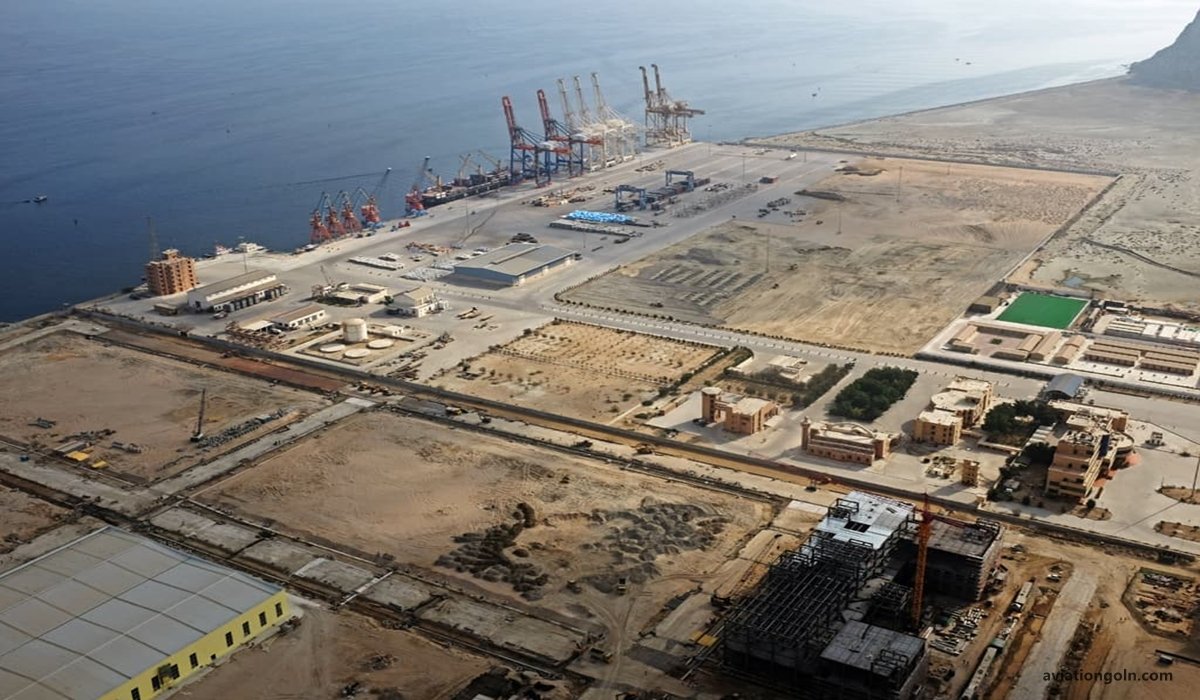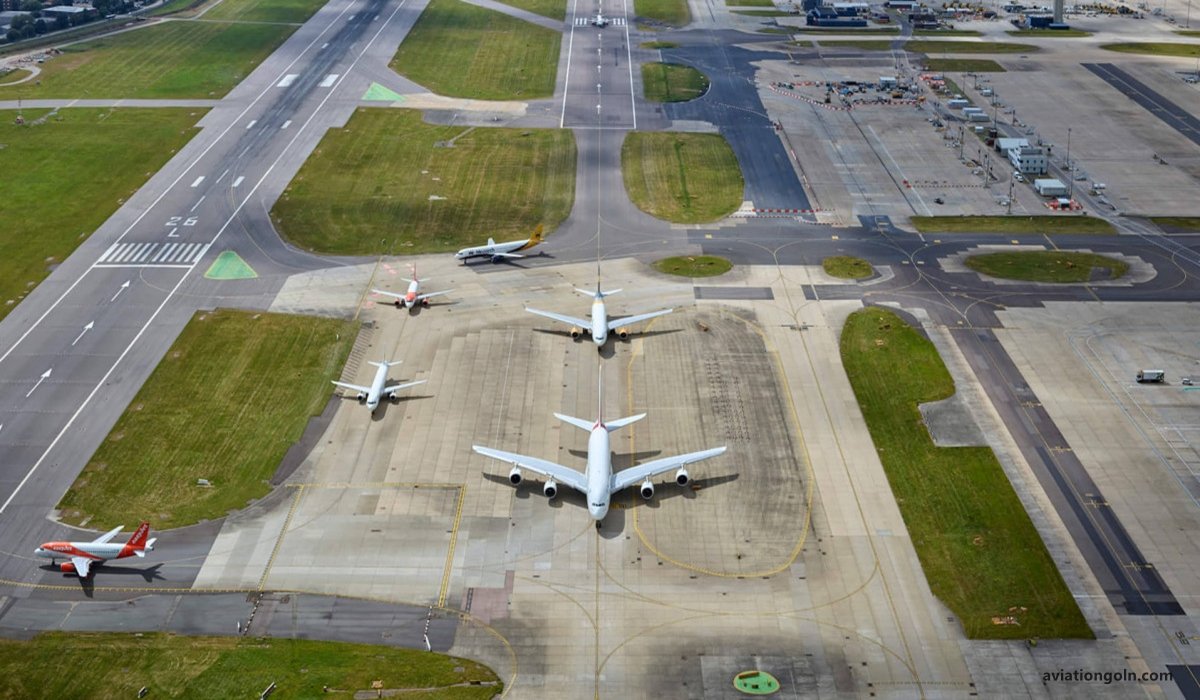Strategic Planning Process: Strategic planning is vital for any organization or entity aiming to achieve its long-term goals, and airports are no exception. In an era of rapidly changing aviation trends, environmental concerns, technological advancements, and increasing competition, airports need robust strategic planning to ensure their growth, sustainability, and alignment with regional and national goals.
Airport strategic planning encompasses not just the physical infrastructure but also considers broader aspects such as financial sustainability, service excellence, stakeholder relationships, environmental stewardship, and integration with global transportation networks. Let’s delve deeper into the strategic planning process tailored specifically for airports.
Strategic Planning Process: Airport Strategic Planning

1. Understanding the Need for Airport Strategic Planning
Airports are no longer mere points of departure and arrival. They are bustling microcosms that serve as economic catalysts, transportation hubs, and gateways to regions or countries. The airport’s role as a primary facilitator for global business and leisure travel necessitates thorough strategic planning to:
- Accommodate increasing passenger numbers.
- Meet evolving aviation standards.
- Enhance passenger experience.
- Ensure operational efficiency.
- Remain competitive.

2. Key Components of the Airport Strategic Planning Process
a. Vision and Mission Formulation
- Vision Statement: Defines what the airport wants to achieve in the long term. It’s a north star guiding all strategic efforts.
- Mission Statement: Highlights the airport’s primary purpose, answering the question: Why does the airport exist?
b. Situation Analysis
A thorough understanding of the current situation is pivotal. Tools such as SWOT (Strengths, Weaknesses, Opportunities, Threats) and PESTEL (Political, Economic, Social, Technological, Environmental, Legal) analyses can help airports understand internal and external environments.
c. Setting Objectives and Goals
Specific, Measurable, Achievable, Relevant, and Time-bound (SMART) goals and objectives give direction to the strategic planning efforts, ensuring that there’s a clear understanding of what needs to be achieved.
d. Strategic Initiatives and Action Plans
Once goals are set, actionable strategies are formulated. These could range from infrastructure upgrades, adopting new technologies, enhancing customer service training, or launching sustainability initiatives.
e. Implementation and Monitoring
Strategies are put into action, and rigorous monitoring mechanisms ensure that objectives are being met. Key Performance Indicators (KPIs) are essential here to measure progress.
f. Feedback and Continuous Improvement
Using feedback loops, the airport management can identify areas of improvement, making iterative changes to enhance efficiency and effectiveness.

3. Critical Aspects of Airport Strategic Planning
a. Stakeholder Engagement
Airports have a myriad of stakeholders: passengers, airlines, regulatory authorities, local communities, businesses operating within the airport, and many others. Engaging with them can provide valuable insights and foster collaborative relationships.
b. Sustainability
As environmental concerns rise globally, airports need to plan for sustainability. This includes reducing carbon footprints, managing waste, and integrating green technologies.

c. Technological Integration
From biometric scanning to AI-driven security checks, technology is revolutionizing the aviation industry. Airports must strategically integrate these advancements not just to improve operations but also to enhance the passenger experience.
d. Financial Planning
Ensuring financial viability is paramount. This involves exploring diverse revenue streams, efficient fund management, and investments in value-enhancing projects.
e. Safety and Security
Given the critical nature of aviation, safety, and security should be at the forefront of any airport’s strategic plan. This means investing in the best practices, technologies, and training programs.

4. Challenges in Airport Strategic Planning
a. Rapidly Changing Aviation Landscape
The aviation industry is known for its dynamic nature, with evolving regulations, technologies, and passenger expectations.
b. High Initial Investments
Major strategic initiatives, especially infrastructural ones, require significant capital outlay, which may strain the airport’s finances.
c. External Factors
Factors like political instability, economic downturns, pandemics (like COVID-19), or natural disasters can significantly impact an airport’s operations and, consequently, its strategic plans.

5. Case Study: Singapore Changi Airport
Singapore Changi Airport, consistently ranked as the world’s best airport, offers insights into effective airport strategic planning. Their success hinges on:
- Passenger First Approach: Focusing on passenger experience, Changi offers amenities like butterfly gardens, movie theaters, and world-class shopping.
- Technological Advancements: The airport has seamlessly integrated technology, ensuring smooth operations and enhanced passenger experiences.
- Sustainability: Changi has incorporated green building standards, water-saving mechanisms, and energy-efficient technologies.
- Engagement: Regular interactions with stakeholders ensure that Changi remains responsive to their needs and concerns.

Airports, as critical nodes in the global transportation network, have a challenging task ahead. The complexities of managing large infrastructures, ensuring safety and security, meeting the ever-evolving demands of passengers, and achieving sustainability require meticulous strategic planning. However, with a clear vision, collaboration with stakeholders, and a commitment to continuous improvement, airports can chart a path to success, much like giants in the industry such as Singapore Changi Airport.
See more:
